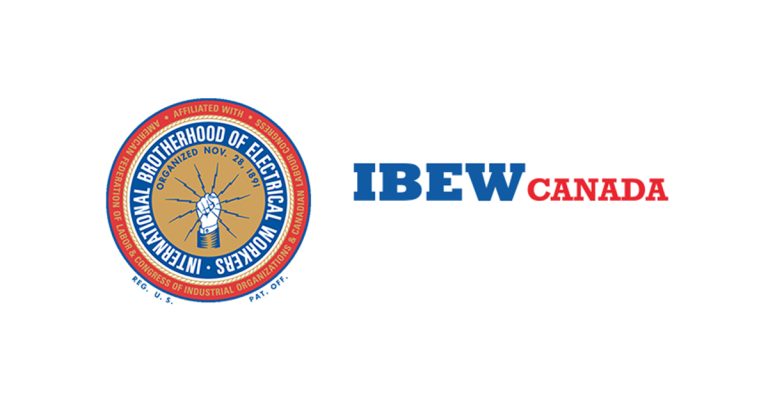Electrical Distributor / Manufacturer Relationships: The Big Boys Win?

I know most of you think that things are different today than they were few years ago. However, as I look back over 40 years at electrical distributors’ relationships with manufacturers, I’m reminded of an old saying, “The only thing you can count on is change.” Back in the 70s we had national, regional and local independent distributors who had strong relationships with their primary manufactures. In addition, a typical distributor would have 25% of their business in wire and cable, 25% in lighting products, 25% in motor controls, and the remaining 25% in electrical products and accessories. Typically, full line electrical distributors had strong relationships with three to five manufacturers in each these major categories:
• wire and cable
• lighting
• motor control
However, for the remaining 25% of a distributor’s business there could be as many as 100 to 160 different manufacturers. Most of us refer to this time as “the good old days.” Things were simple if you had the product in stock and available at a good a price; we entered and shipped the order. This was before we had an extra 5% discounting, buying/marketing groups, and an avalanche of acquisitions in the electrical distributor or in manufacturing side of the fence.
Now we’re in 2014 and things have changed. Today we have international distributors in Canada as well as manufacturers growing their product offerings either through in-house product development or the acquisition of other companies.
Things that have stayed the same
The following list contains just a few examples.
• relationships between distributors’ and manufacturers’ management teams are still a major contributor to sales growth for both parties
• electrical distributors still stock, take lines of credit from the end user, and multiply manufacturers’ sales and marketing efforts at a local level
• managing relationships with end users (contractors, industrials, utility, hospitals, schools, OEMs, etc.) are still a primary role for the electrical distributor
• training and educational seminars
Things that have changed
As stated above, these are just examples for consideration. Most of you deal with these issues every day:
• market growth. In 2003 the total electrical market in Canada was $5.4 billion. By 2013 it had grown to $7.4 billion
• market share controlled by national and International electrical distributors. It just keeps growing
• fewer electrical manufacturers, representing a larger share of distributors’ business, as a result of industry consolidation and product line expansion
• the growing role of buying/marketing groups in marketing/sales efforts at the distributor and manufacturer level
How these changes could affect your future decisions
Acquisitions by distributors and manufacturers will continue. The question is, how will business decisions today and in the future affect the big boys as well as the smaller manufacturers and independent distributors.
Today, from 12 to 20 manufacturers represent 65% to 80% of total electrical distributor sales. Does this same percentage also represent the profitability and value of those particular distributors? If the answer is no, then smaller distributors could be more profitable. Therefore, the big boys may control a larger share of manufacturers’ sales but growth in manufacturers’ profitability may actually come from the smaller distributors representing the 1% of total sales. And if so, are manufacturers who focus most of their time and effort on larger distributors missing growth opportunities offered by those smaller, independent distributors?
Paul Eitmant is President and CEO of IP Group International, which serves the needs of business-to-business enterprises in over 30 countries worldwide by adding specialized expertise to the business planning and implementation process; Tel: 480.488.5646 480.488.5646; paulipgroup@cox.net.
480.488.5646; paulipgroup@cox.net.











